There is virtually no graffiti in Iran. But there are many and varied nature-themed murals, on walls and fences of schools, buildings, homes and construction sites.
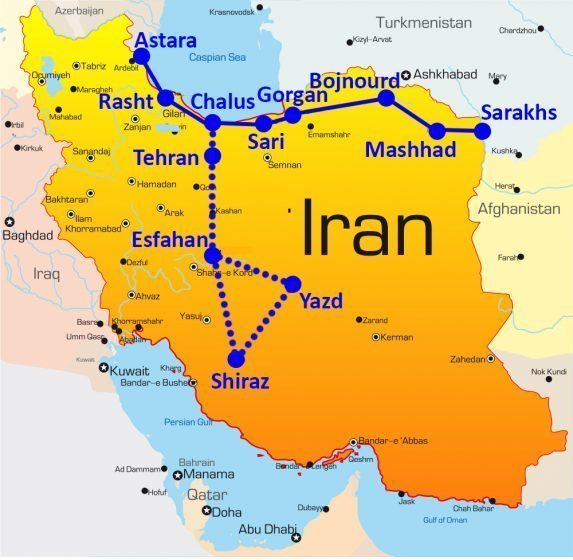
Instead, nature-based murals and geometric patterns appeared on walls and fences of schools, buildings, homes and construction sites. In small communities along major roads, advertisements and phone numbers were painted on concrete walls, an ideal way to catch the eyes of those driving by.
At home in Barcelona and out traveling in the world, I keep a deliberate eye out for graffiti. While I may not understand the written messages because of language barriers, the visuals give me a small window into what’s on the minds of some locals and what issues carry weight. For me, good graffiti, those paintings with a targeted point of view, is an old-school social media tool that creates awareness in a community.
To see more in the Bangkok to Barcelona journey, click here.
Some people I spoke with informally brushed off the lack of graffiti, saying graffiti makes cities ugly. Others said graffiti was not part of their culture. And a few said, half-joking and half-seriously, that the government wouldn’t allow graffiti, and especially not anything that would have a political slant.
If you’re interested in more of this kind of thing, click here to visit The Nature of Graffiti.
This historical link is evident in neighborhood strolls around the country.We saw murals of all sizes and varieties in many of the cities we passed through, and, in Tehran, we found many examples in a short stretch around Vali Asr square. Here are some of them.
Jenn Baljko
Bangkok to Barcelona on foot
All photos by Jenn Baljko.
In rural areas, walls are billboards advertising local businesses.
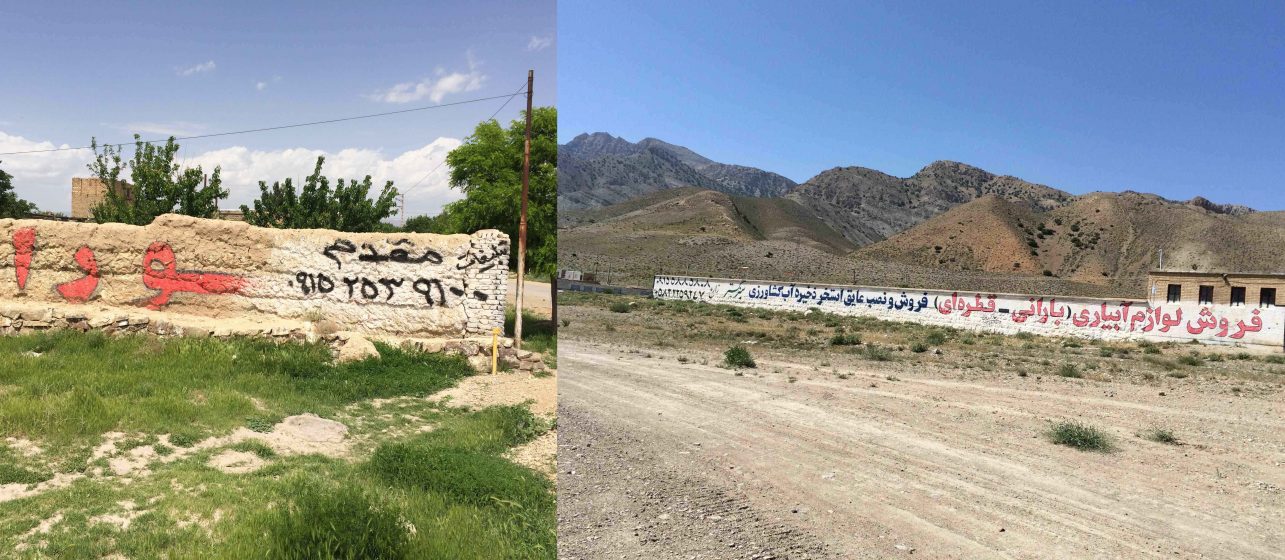
We first noticed the murals on the main street leaving Mashhad.
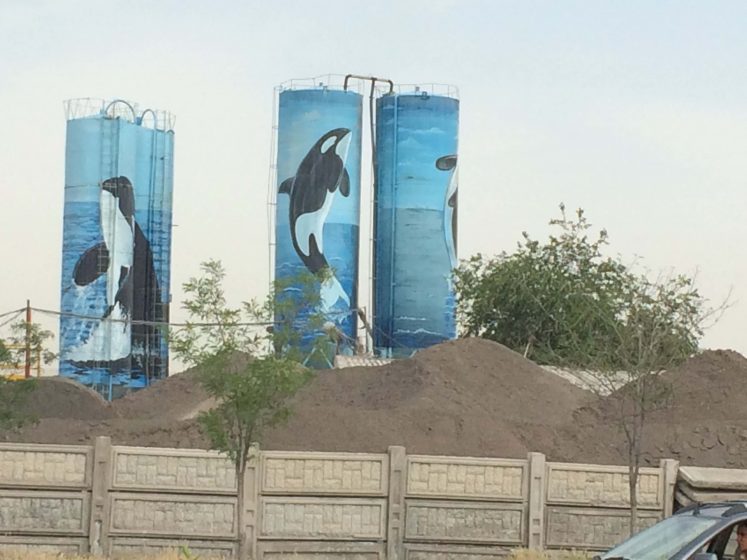
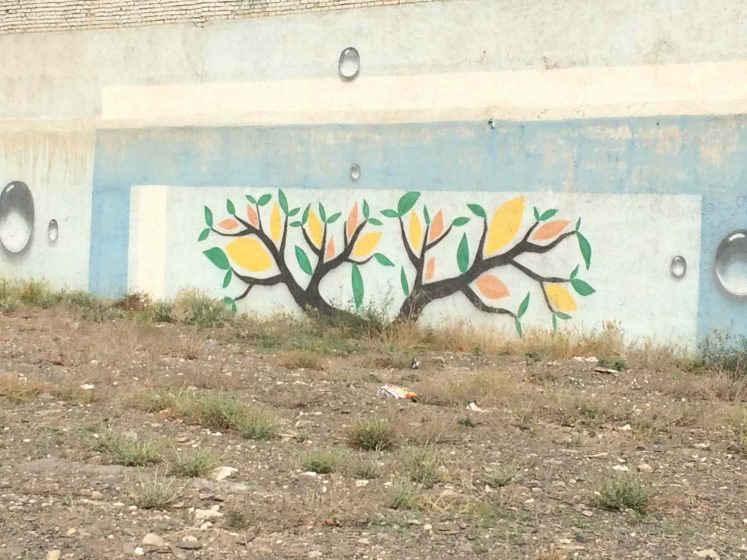
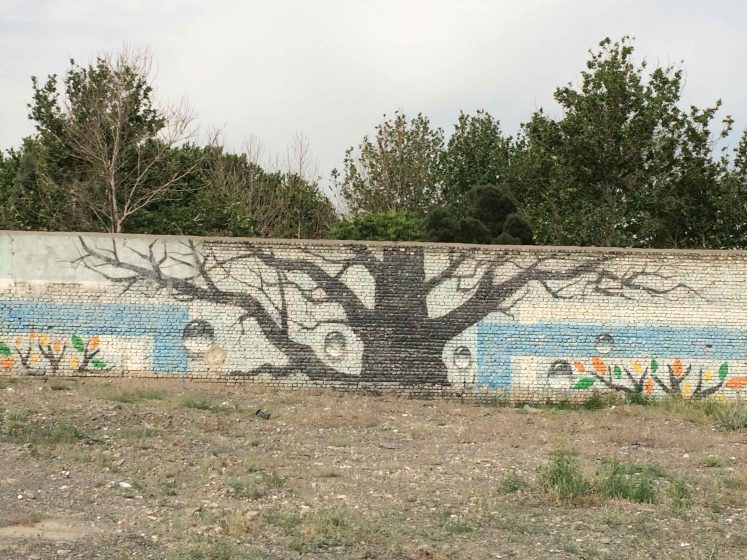
Bojnourd’s downtown area featured geometric shapes.
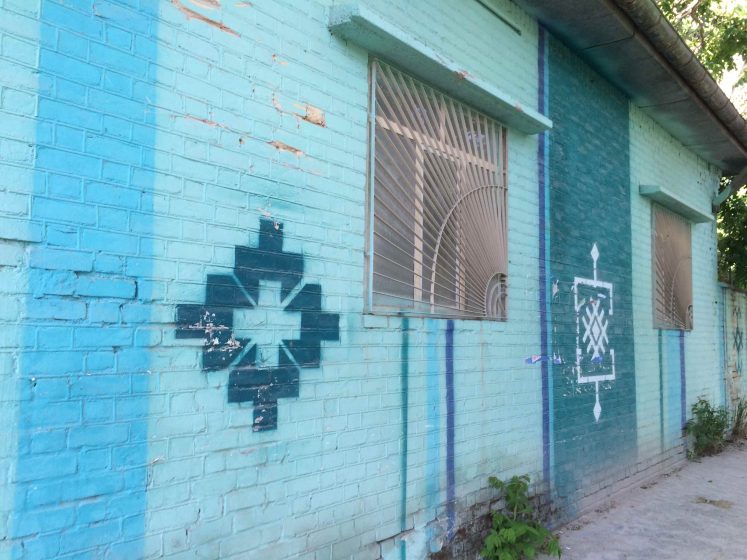
Along the way, we found a range of different motifs.
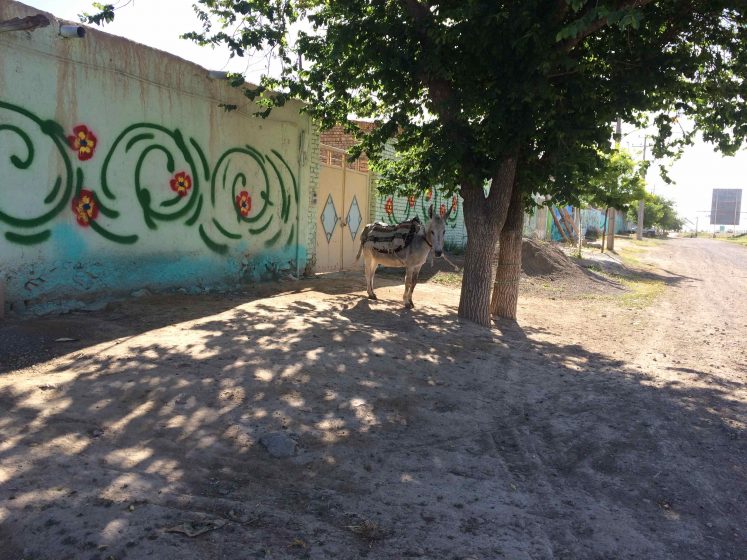
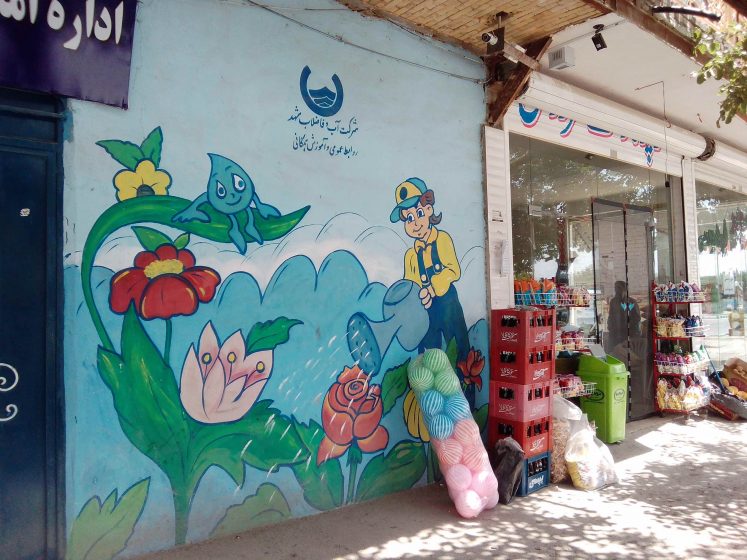
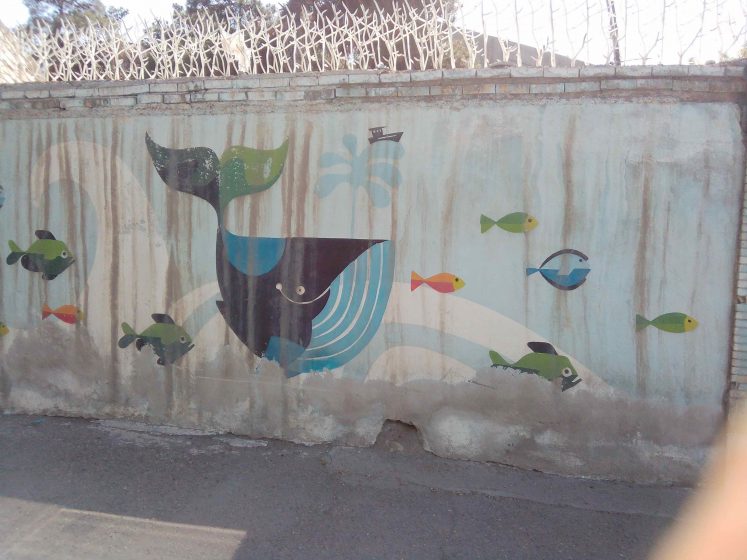
And in Tehran, we didn’t have to walk far to find these paintings.
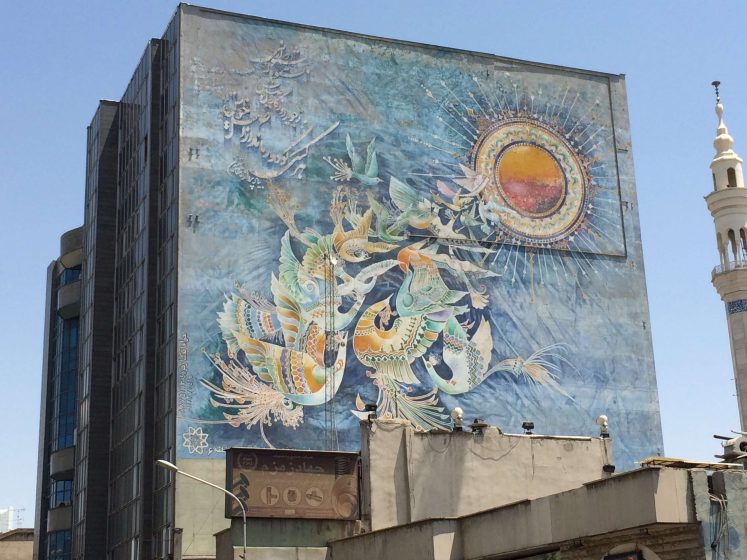
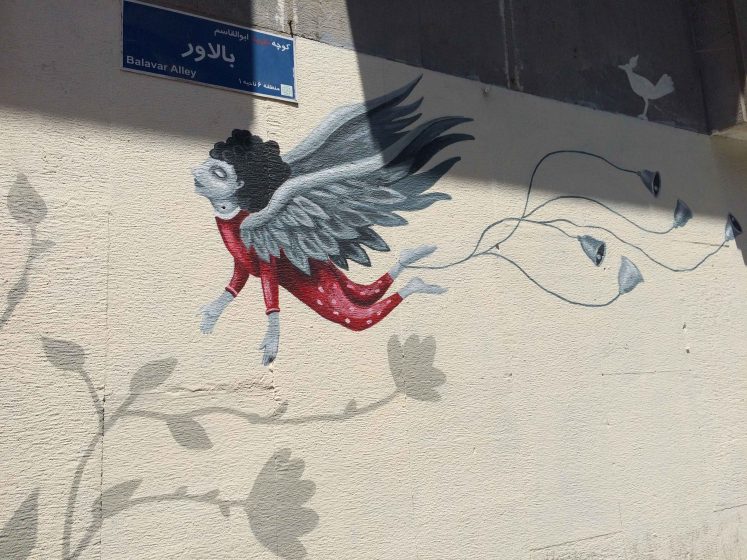
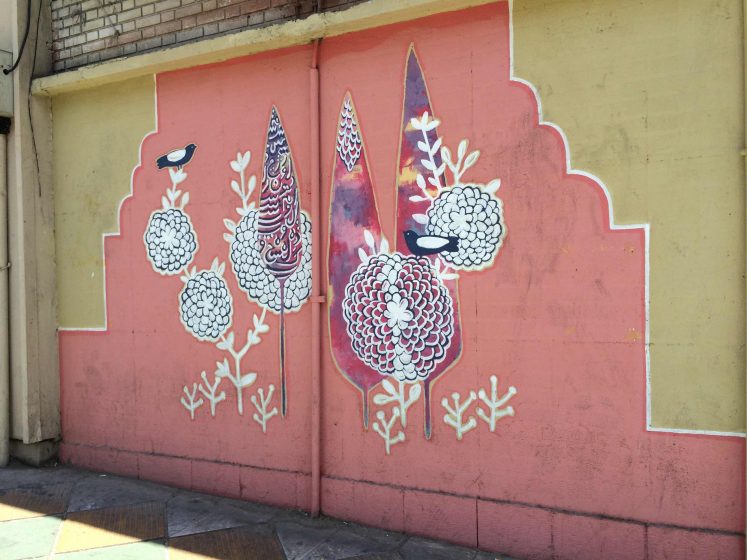
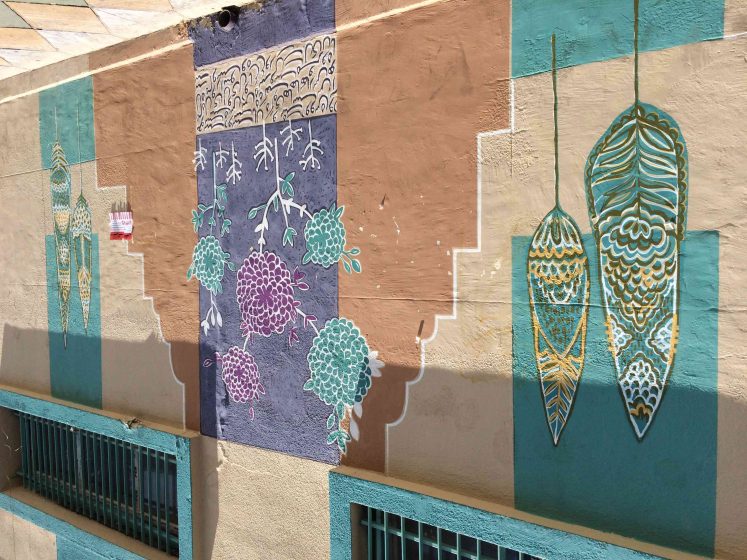
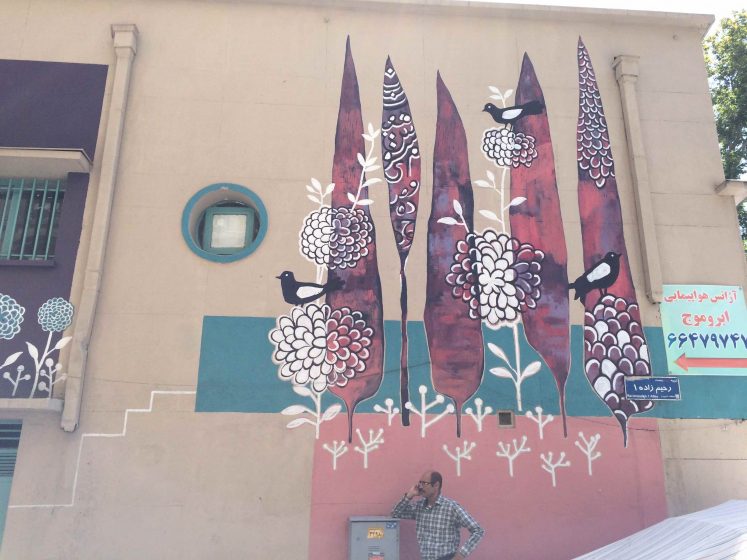
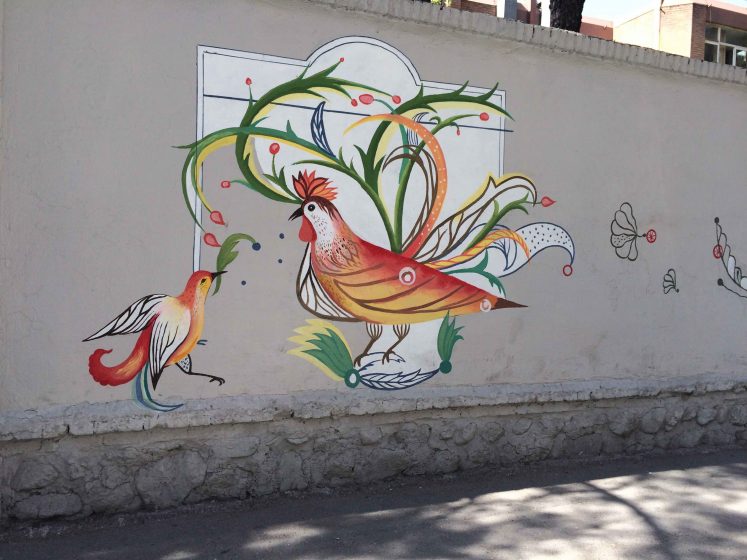
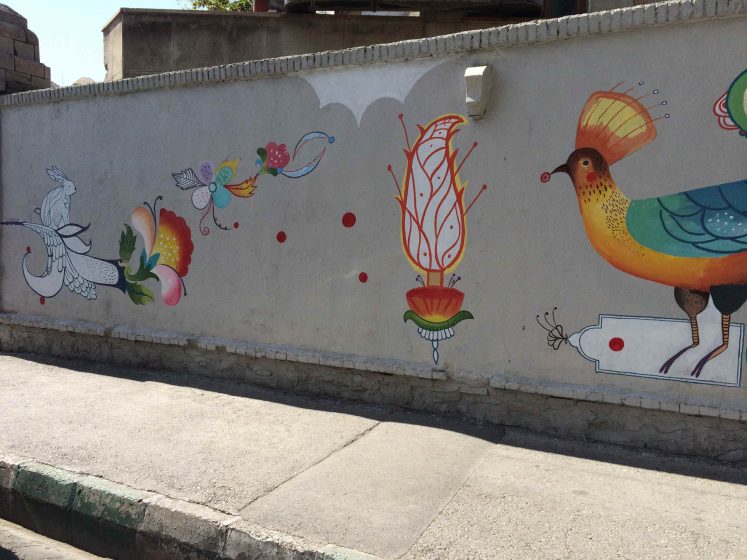
Other areas had a wide range of themes and styles, from surreal and psychedelic, to cartoon and trompe l’oeil.
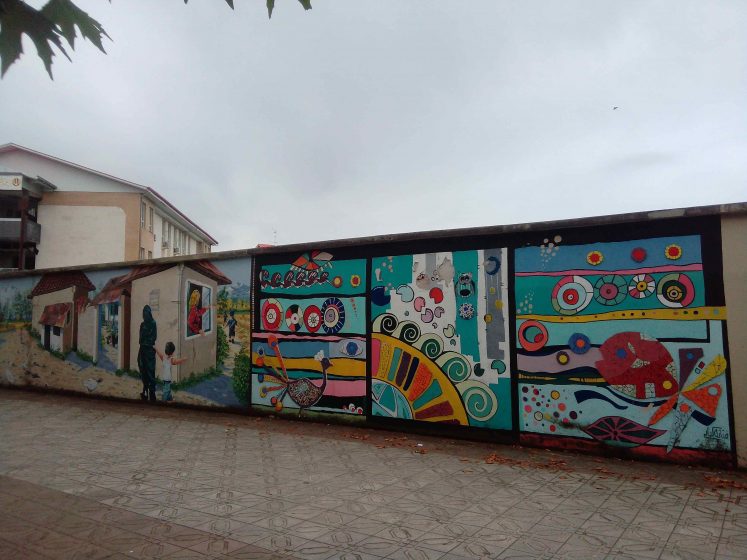
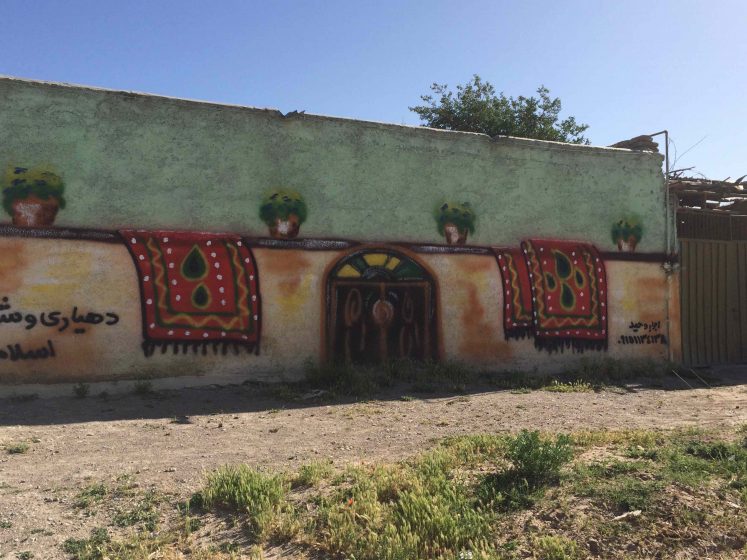
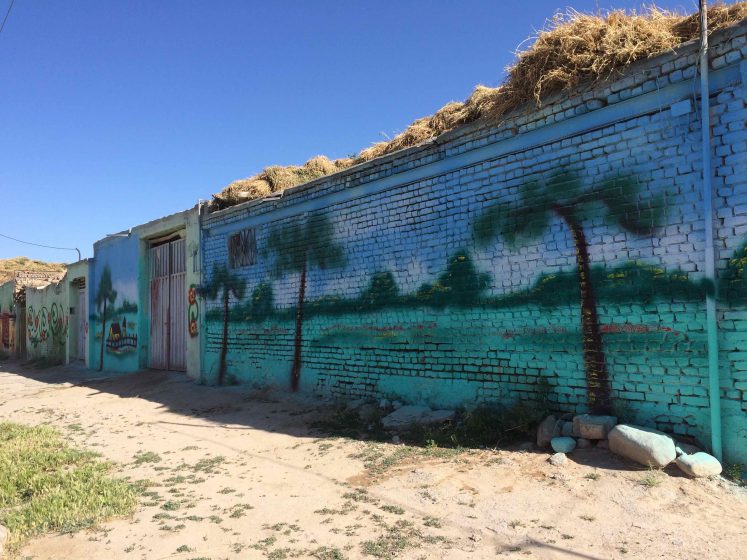
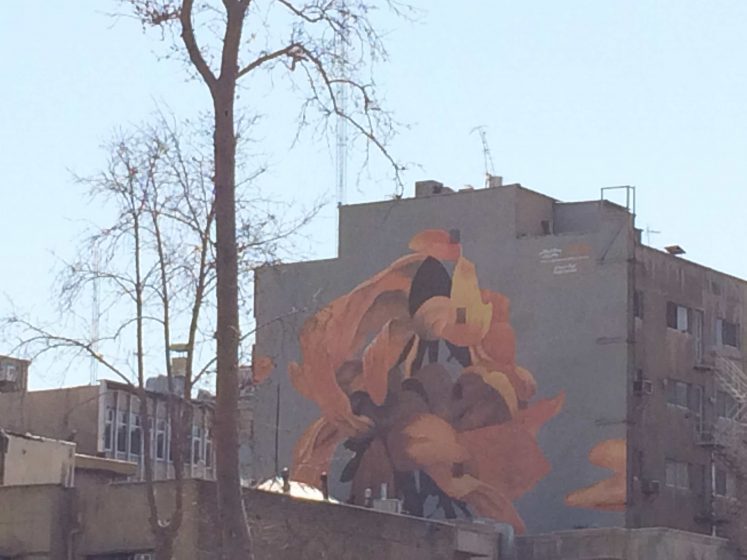
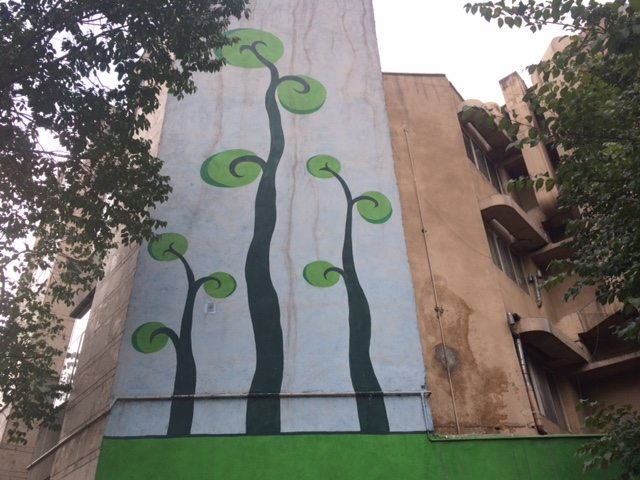

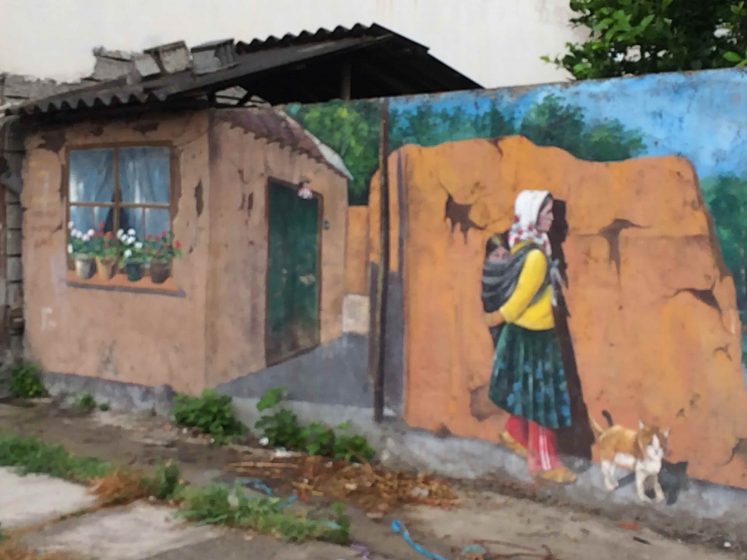
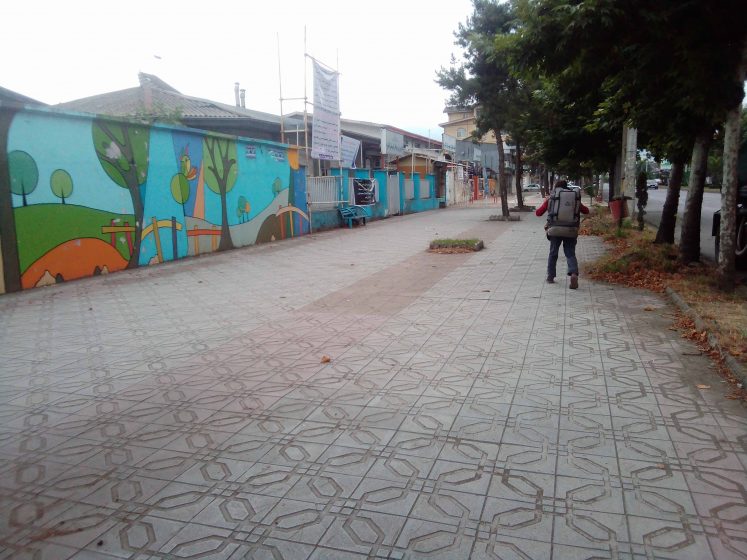
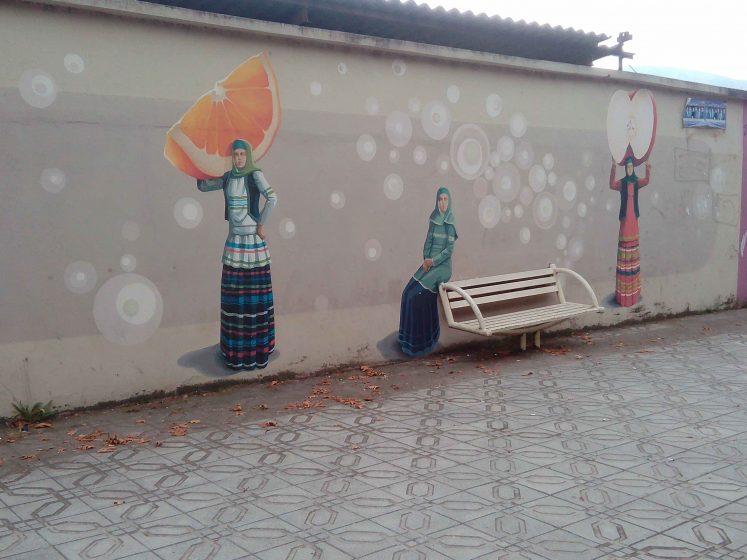


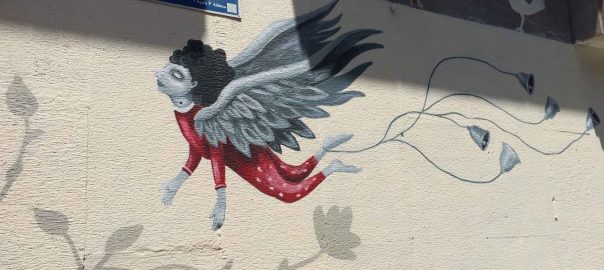
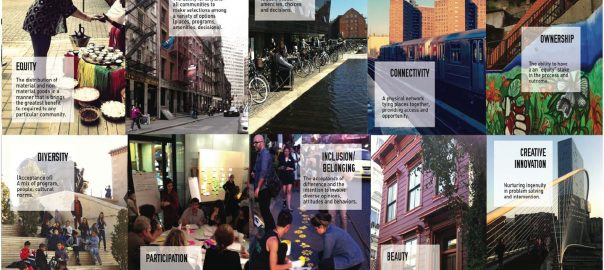
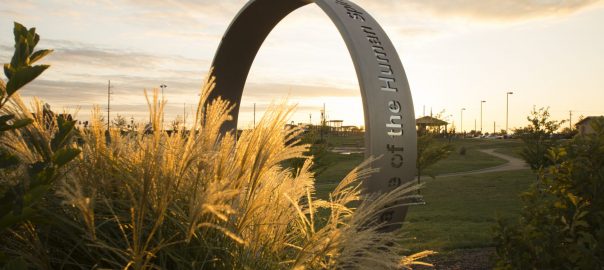
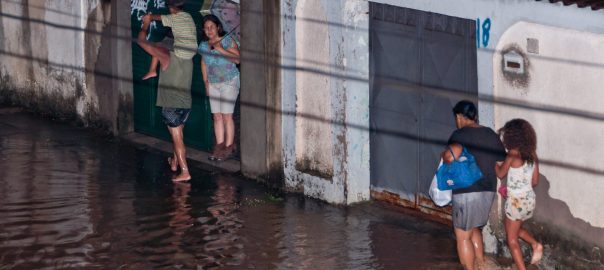
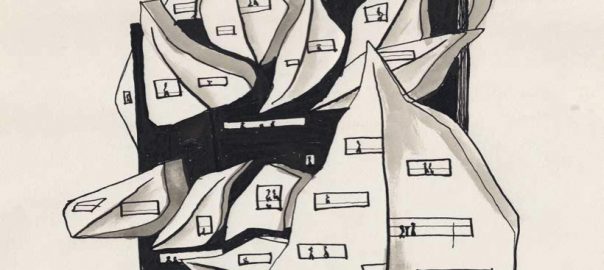
Leave a Reply